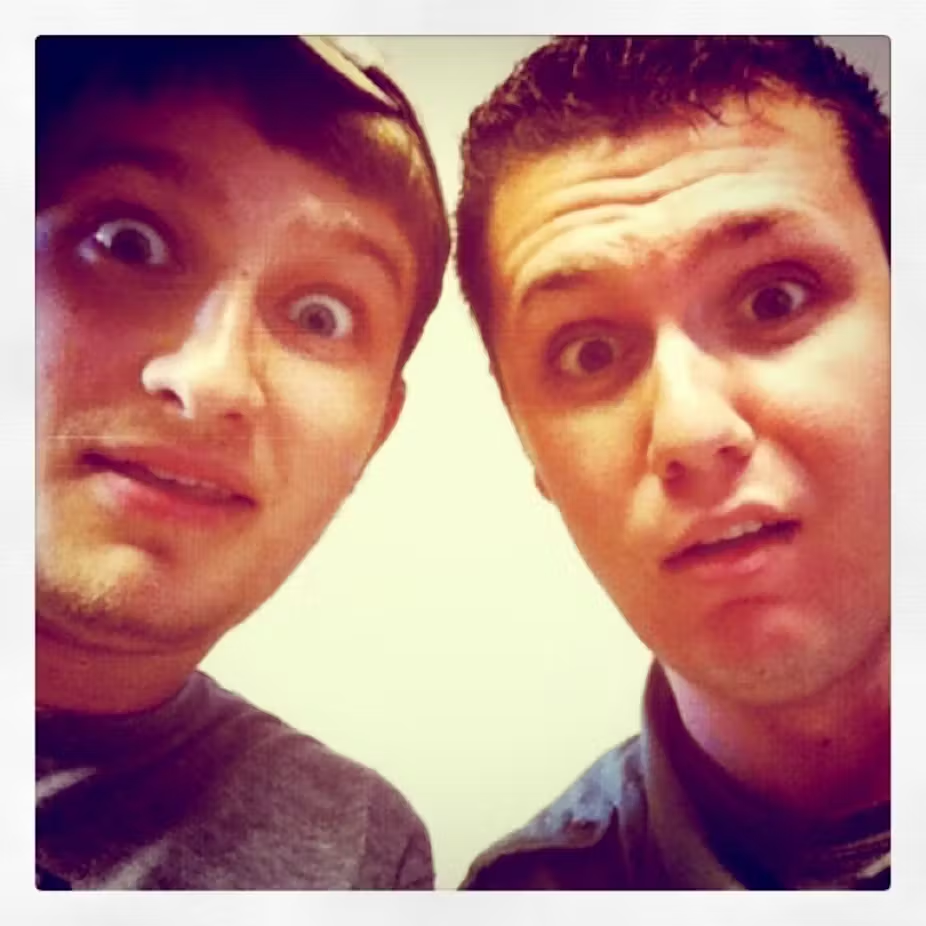
Researchers at The Johns Hopkins University have discovered a way to make time stand still — at least when it comes to the yearly calendar.
Using computer programs and mathematical formulas, Richard Conn Henry, an astrophysicist in the Krieger School of Arts and Sciences, and Steve H. Hanke, an applied economist in the Whiting School of Engineering, have created a new calendar in which each new 12-month period is identical to the one which came before, and remains that way from one year to the next in perpetuity.
Under the Hanke-Henry Permanent Calendar, for instance, if Christmas fell on a Sunday in 2012 (and it would), it would also fall on a Sunday in 2013, 2014 and beyond. In addition, under the new calendar, the rhyme “30 days hath September, April, June and November,” would no longer apply, because September would have 31 days, as would March, June and December. All the rest would have 30. (Try creating a rhyme using that.)
“Our plan offers a stable calendar that is absolutely identical from year to year and which allows the permanent, rational planning of annual activities, from school to work holidays,” says Henry, who is also director of the Maryland Space Grant Consortium. “Think about how much time and effort are expended each year in redesigning the calendar of every single organization in the world and it becomes obvious that our calendar would make life much simpler and would have noteworthy benefits.”
Among the practical advantages would be the convenience afforded by birthdays and holidays (as well as work holidays) falling on the same day of the week every year. But the economic benefits are even more profound, according to Hanke, an expert in international economics, including monetary policy.
“Our calendar would simplify financial calculations and eliminate what we call the ‘rip off’ factor,'” explains Hanke. “Determining how much interest accrues on mortgages, bonds, forward rate agreements, swaps and others, day counts are required. Our current calendar is full of anomalies that have led to the establishment of a wide range of conventions that attempt to simplify interest calculations. Our proposed permanent calendar has a predictable 91-day quarterly pattern of two months of 30 days and a third month of 31 days, which does away with the need for artificial day count conventions.”
According to Hanke and Henry, their calendar is an improvement on the dozens of rival reform calendars proffered by individuals and institutions over the last century.
“Attempts at reform have failed in the past because all of the major ones have involved breaking the seven-day cycle of the week, which is not acceptable to many people because it violates the Fourth Commandment about keeping the Sabbath Day,” Henry explains. “Our version never breaks that cycle.”
Henry posits that his team’s version is far more convenient, sensible and easier to use than the current Gregorian calendar, which has been in place for four centuries – ever since 1582, when Pope Gregory altered a calendar that was instituted in 46 BC by Julius Caesar.
In an effort to bring Caesar’s calendar in synch with the seasons, the pope’s team removed 11 days from the calendar in October, so that Oct. 4 was followed immediately by Oct. 15. This adjustment was necessary in order to deal with the same knotty problem that makes designing an effective and practical new calendar such a challenge: the fact that each Earth year is 365.2422 days long.
Hanke and Henry deal with those extra “pieces” of days by dropping leap years entirely in favour of an extra week added at the end of December every five or six years. This brings the calendar in sync with the seasonal changes as the Earth circles the sun.
In addition to advocating the adoption of this new calendar, Hanke and Henry encourage the abolition of world time zones and the adoption of “Universal Time” (formerly known as Greenwich Mean Time) in order to synchronize dates and times worldwide, streamlining international business.
“One time throughout the world, one date throughout the world,” they write in a January 2012 Global Asia article about their proposals. “Business meetings, sports schedules and school calendars would be identical every year. Today’s cacophony of time zones, daylight savings times and calendar fluctuations, year after year, would be over. The economy — that’s all of us — would receive a permanent ‘harmonization’ dividend.”
For more such insights, log into our website https://international-maths-challenge.com
Credit of the article given to Johns Hopkins University





